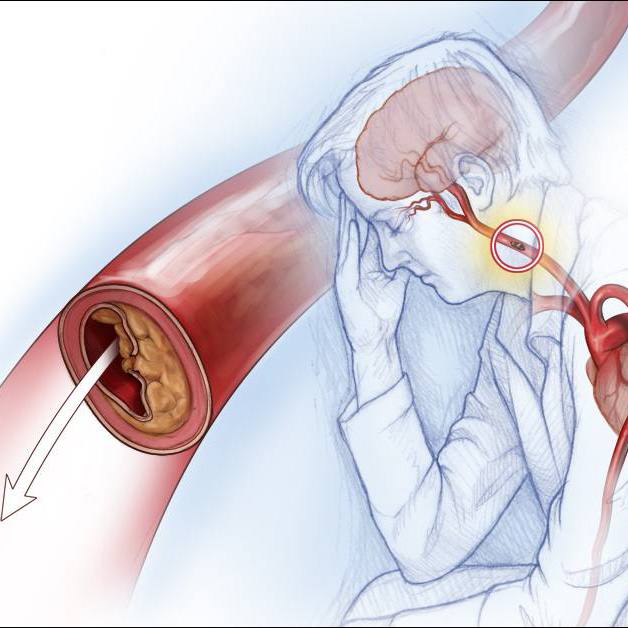-
Mayo Clinic Minute: The importance of stretching throughout your workday
Sedentary behavior, including sitting for long periods of time, can contribute to adverse health effects, including something referred to as "sitting disease."
In this Mayo Clinic Minute, Dani Johnson, a wellness physical therapist with the Mayo Clinic Healthy Living Program, demonstrates how to integrate more movement into your daily life.
Journalists: Broadcast-quality video (0:59) is in the downloads at the end of this post. Please "Courtesy: Mayo Clinic News Network." Read the script.
Whether you're working in an office or from home, Johnson suggests taking breaks every 30–45 minutes throughout your day to perform some simple stretches.
"Our bodies can get stiff. You know, we're always kind of in this hunched-over position when we're at our desks and working, so we really want to open up our chest," says Johnson.
"One way to do that is just by doing some simple shoulder rolls, so just bringing the shoulders back and down."
"Another really great activity you can do using a wall is just coming to the wall, putting the back of your hands up on the wall, and just sliding your hands up and down nice and slow," says Johnson.
Don't worry if you don't have access to gym equipment. Johnson says your desk can be a great exercise tool.
"Simply by putting your hands on the desk and stretching out, so you're moving your bottom back, bringing your arms forward," says Johnson.
Whether you try these stretches or take a break to go for a walk, all movement counts.
Related Articles







